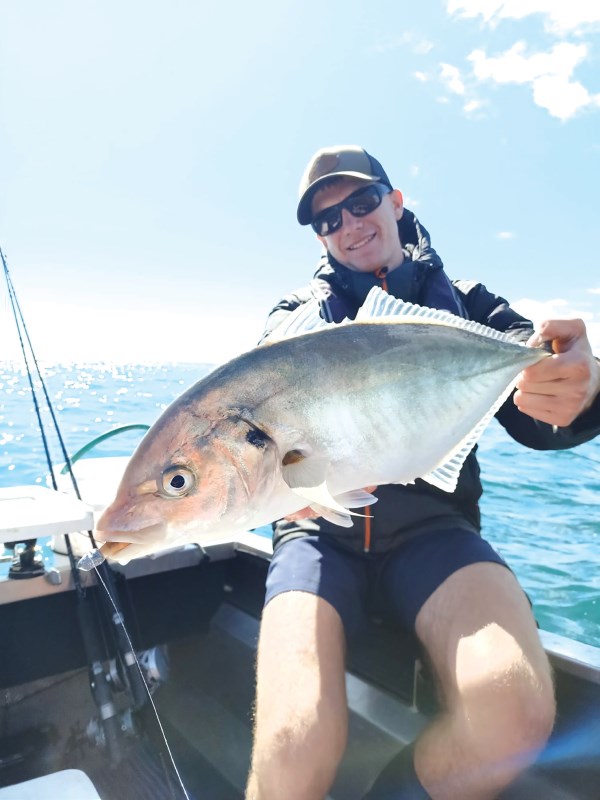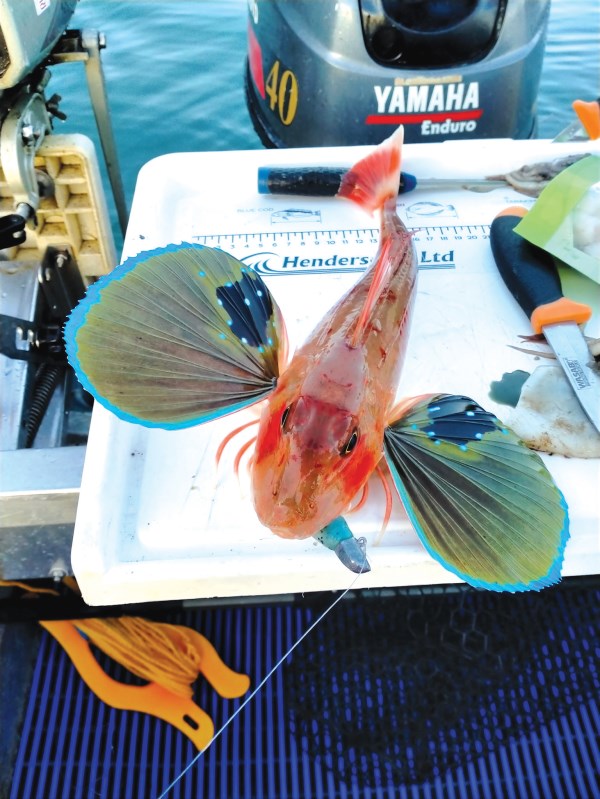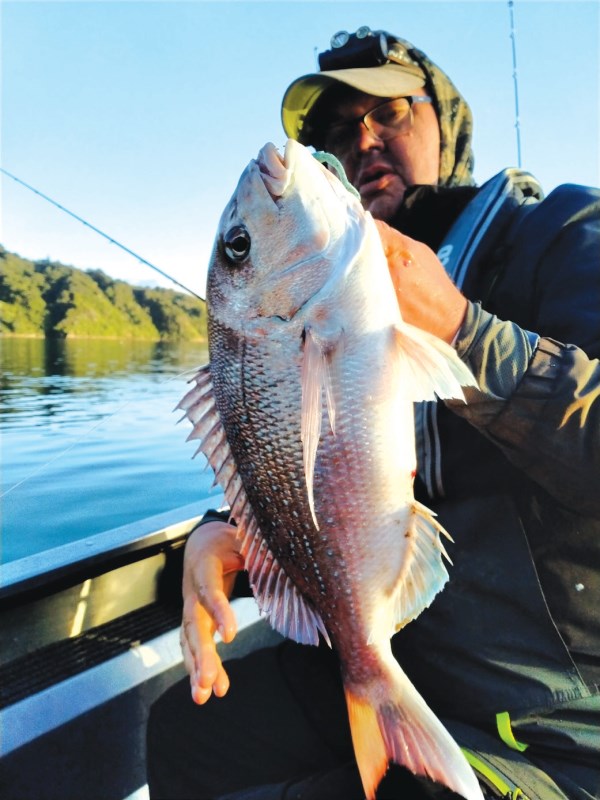
With the weather and water warming, so is the fishing. Spring through summer is the perfect for softbaiting, a super fun and deadly effective method of targeting a variety of species.
Softbaiting has been around for many years but has never really caught on with Top of the South anglers. Over the past few seasons, we have fished softbaits frequently and extremely effectively.
The first key element is gear
It’s all about sensitivity. Typically, the rods range from 7-8ft in length—longer if land based—with a line rating between 4-12kg, the most common being 6-10kg. You need a rod with fast action to help with casting and working the softbait effectively, as well as a bit of backbone to help put the brakes on that monster. There is a wide selection of affordable rods on the market, like the Okuma Tournament concepts and X factors. If I was to pick one rod, it would be the CD Rods Extrasense; the sensitivity is crazy—you can feel every little touch and tap on the bottom, everything.
Any reel round the 30004000 size with a smooth drag will do, spooled with 10-20lb braid—the lighter you can get away with the better. Mono mainline just doesn’t cut it because of stretch, thickness and lack of sensitivity. Lighter braid cuts through the wind for better casting distance and gives more direct connection to the softball; 16-20lb is perfect for Marlborough. It’s light enough for a good cast but strong enough to put the brakes on big fish. I run 1620lb on my 4000 sized reels on 6-10kg rods and 6-10lb on my super light setups with 3000s or smaller. Even on a super light setup you can still land some pretty solid fish.

Commonly, leaders are either mono or fluorocarbon in the 20-40lb range.
If fishing around structure, a heavier leader (like 40lb) is preferred due to its superior abrasion resistance. We connect our braid to our leader using a super slim and strong FG knot—there is no beating it. The back-toback Uni and Blood knots also work fine but aren’t as slim or as strong as the FG.
There are a multitude of jighead options but here is a general guide to choosing the right one. Hook size: we use 3/0 for 4-5 inch baits, 5/0 for larger profile 5-7 inch baits, and 7/0 for 7in+. Weight depends largely on depth and whether you are drifting or not: we use half ounce out to about 20m with a slow drift or anchored; increase weight for faster drift or deeper water.
What bait is best?
The two most popular types of softbaits are starched-based baits, like Berkley Gulp, and Zman, made from a super tough stretchy material called ElaZtech. The starch style of baits (Gulps) are kept in a solution and have superior scent dispersion but aren’t as durable. They are great when the fishing may be slower or when fishing over sand, as there aren’t as many pickers such as small cod. ElaZtech baits (Zmans) are tougher and super stretchy. These baits are commonly scented with a gel scent rather than a liquid solution.
To increase the appeal of softbaits, give them a smear of a gel scent every few casts. On a slow day, this can really make the difference, often sealing the deal for finicky fish. Our favourite scents are from Pro-Cure: bloody tuna, pilchard and anchovy.
We find natural colours are best on snapper, while bright orange and red are awesome on gurnard. A couple of standouts over the past few seasons have been the Zman 4in Curly Tailz in Nuclear Chicken, Shiner and New Penny, as well as the 4in Paddlerz in Nuked Pilchard. Along with the timeless classic the Berkely Gulp Jerkshads in Nuclear Chicken.

Techniques to tantalise
Our best success on spooky Sounds’ snapper and gurnard has come fishing softbaits slowly through a berley trail, allowing them to sink all the way to the bottom then a slow retrieve with plenty of twitches and flicks to get that softbait working. The key is to mix up retrieves. Try a super slow straight wind or a fast twitch, as you never know what excites the fish. Drift fishing over reefs and drop offs can reward with a variety of species. When drifting, cast well ahead of you, drift and slowly retrieve it back towards the boat. If drifting fast, deploying a drift chute can help slow your drift to a fishable speed.
Now is where you get the payoff from using light, sensitive gear and braid. Every little bite, touch or grab you can feel. Once you get a decent bite, a quick lift of the rod to set the hook and you are on—then the fun of playing a decent fish on light gear begins. Remember to have the drag set so the fish can run if it needs to and keep the pressure on. Take your time, enjoy the fight and carefully net your fish when it’s ready.
Give softbaiting a go—you will quickly see how fun and effective it is.













